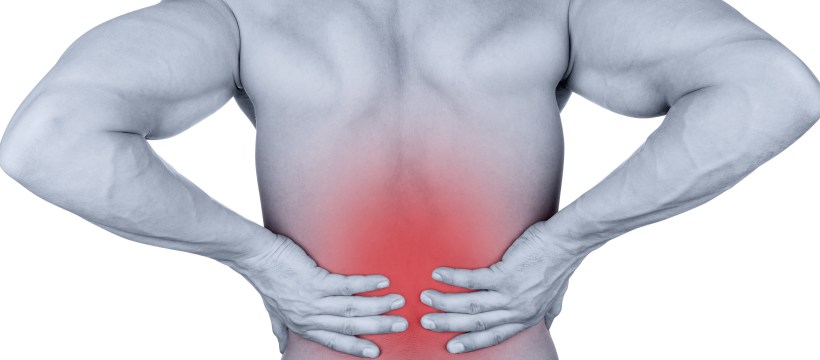
If you're like most people, your first response to lower back pain is to ignore it and hope it goes away.
But lower back pain is often your body's way of letting you know something is amiss. Read on to learn what your lower back pain may be telling you:
You need to move more throughout the day
The typical person sits for over 8 hours per day. On top of this, many people rarely take a break from sitting during the day, getting up only to attend meetings or eat lunch.
You may not think twice about sitting at your desk for hours on end, but this static lifestyle may be provoking your lower back pain, as excessive sitting leads to muscle atrophy and places additional stress on your lumbar spinal discs.
This means that your lower back pain may be telling you that you need to move more throughout the day. To help get you moving, here are some easy lifestyle modifications you can incorporate into your workday:
- Set an alarm on your phone to go off every 20 to 30 minutes. When the alarm sounds, get out of your chair and walk around or stretch for a minute or two.
- Purchase a standing desk to use for all, or part of, the day. While standing at your desk, you can periodically perform simple exercises like knee raises or lunges. Standing desks can be expensive investments, but they are worth it if you can find some measure of relief from your lower back pain.
- Make your phone calls while walking around the office. If this bothers your coworkers, consider making calls while walking outside or in a stairwell.
As a final piece of advice, if your job typically entails long periods of sitting, stay on your feet (and keep active) as much as possible on the weekends. As tempting as it can be to stay inside and watch a movie on your days off, your back needs long-term breaks from sitting.
You need to lose some weight
People who are obese are more likely to experience back pain, joint pain, and muscle pain. The reason for this may be (in part) that extra weight around your stomach places increased stress on your lower back by pulling your pelvis forward.
This means that if you are overweight and experiencing back pain, your back pain may be telling you that it is time to slim down. Here is how you can get started:
- Exercise: Exercise is an important component to almost every weight loss program. But the key is to not overexert yourself in the beginning. Instead, find a low-impact aerobic activity you enjoy and begin slowly. For example, you can start walking for as little as 5 minutes per day; and slowly work your way up to 30 to 40 minutes. You will also want to incorporate stretching and strengthening exercises into your routine. As a word of caution, lower back pain may discourage you from exercising, but a lack of exercise will likely make your back pain worse.
- Eat healthily. To lose weight, you need to burn more calories you take in. A large part of this is reducing your caloric intake. This entails eating smaller portions but also eating healthier foods. Do your best to avoid processed foods, and instead focus on foods found in nature like fruits, vegetables, and lean meats. Like exercise, it is best to make changes slowly to your diet, as people who do this are most likely to keep the weight off over the long-term.
Make sure to speak with a qualified health professional before starting any weight-loss program to avoid potential complications.
Of course, there are a number of other reasons your lower back may be hurting; such as a lumbar herniated disc or lumbar spinal stenosis. The best way to determine what your lower back pain is telling you is to meet with your doctor who can help you find an accurate diagnosis.
To arrange an appointment with our Pain Management specialist, Dr. Jeffrey Chacko, please contact our office at (516) 419-4480 or (718) 215-1888.













